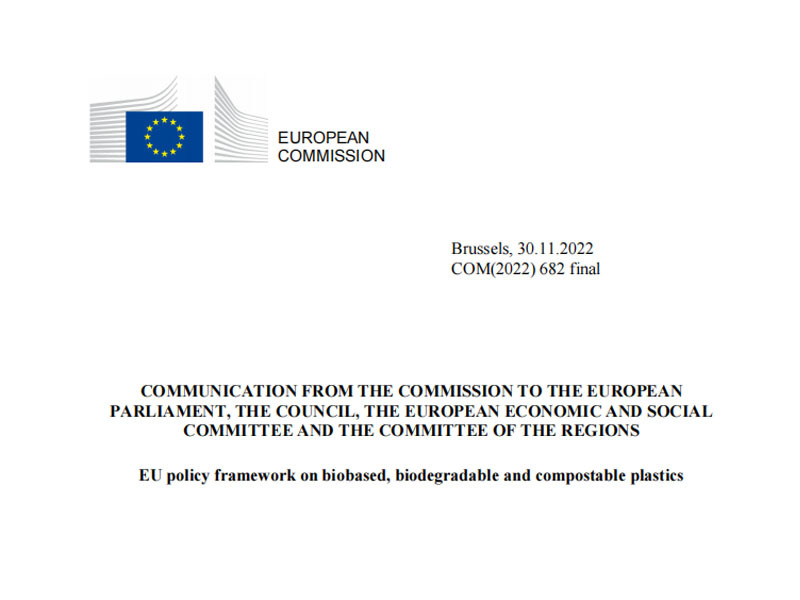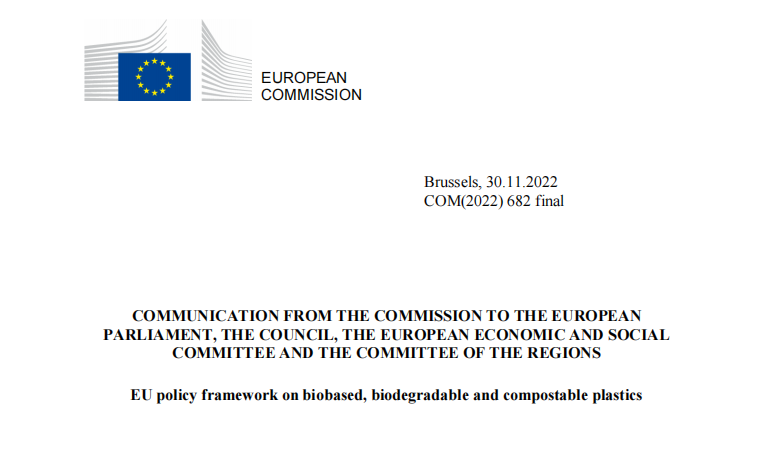Biodegradable materials require orderly development
Published on: 2023-01-11 09:01:00

The development of traditional plastics by humans over the past century has planted many hidden dangers. Why are there billions of tons of plastic left in nature and oceans now? It is because of the consequences of the lack of standardized plastic development in the past 100 years. So in the early stages of the development of bioplastics, if development guidance is standardized, then in the next few decades, future generations of humanity will discover that the development of biodegradable plastics by our predecessors was orderly and based on scientific background. So, that's why there is such a policy framework background. This framework is guiding the orderly development of biodegradable materials in the right direction.

The development of biodegradable materials requires a thorough review of the source
In the Framework, as the main advocate of bioplastics, the EU recognizes the development of bioplastics, biodegradable materials, and compostable materials, which are more environmentally friendly than traditional petroleum based plastics. Moreover, the application of biodegradable materials in many scenarios has also proven to be beneficial to the environment, which is almost a global consensus.
However, if most consumers are not clear about where biodegradable plastics are reflected in environmental protection and where their benefits lie, it will lead to some unnecessary developments. Therefore, it is necessary to rectify the root cause, which is why the EU has proposed this policy framework, and the background of this framework is the EU's promulgation of the Circular Economy Act. So, we need to discuss the policy framework for biobased, biodegradable, and compostable plastics in the context of circular economy laws.
Reducing, reusing, and recycling are important methods for controlling plastic waste pollution
According to the circular economy law, the fundamental method for controlling plastic waste pollution is to reduce it. Because human development has made it impossible to eliminate plastic, the first method is to reduce it. If possible, reduce it, and if not, do not use it. The second method is reuse, reusing. For example, when it comes to shopping bags, why do you use disposable shopping bags? Why don't shopping bags last ten times or longer?
The third method is recycling. For example, discarded mineral water bottles can be recycled into recycled fibers for clothing, and recycled clothing fibers can be used as trays. However, the application of recycling is constantly deteriorating. The more physical recycling cycles there are, the lower the quality, and the smaller the cycle size. Of course, from a technical perspective, some chemical recycling can achieve the same excellent quality of recycled raw materials as new and raw materials, and it is now also one of the popular development routes.
In short, the idea of circular economy is that instead of treating it as worthless waste, it is better to recycle it and use it as an economically beneficial product.







